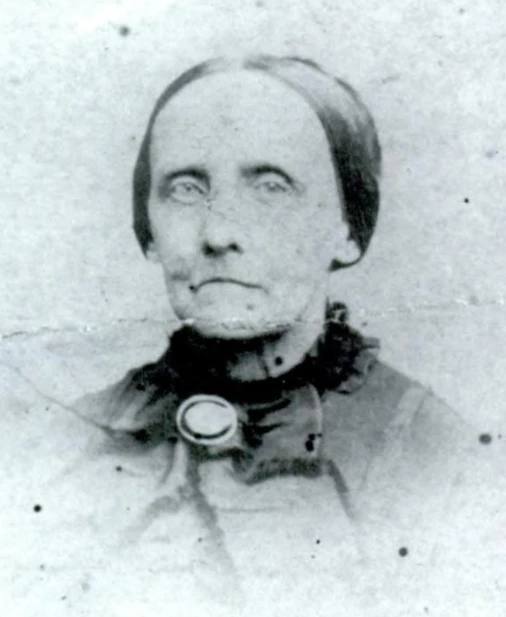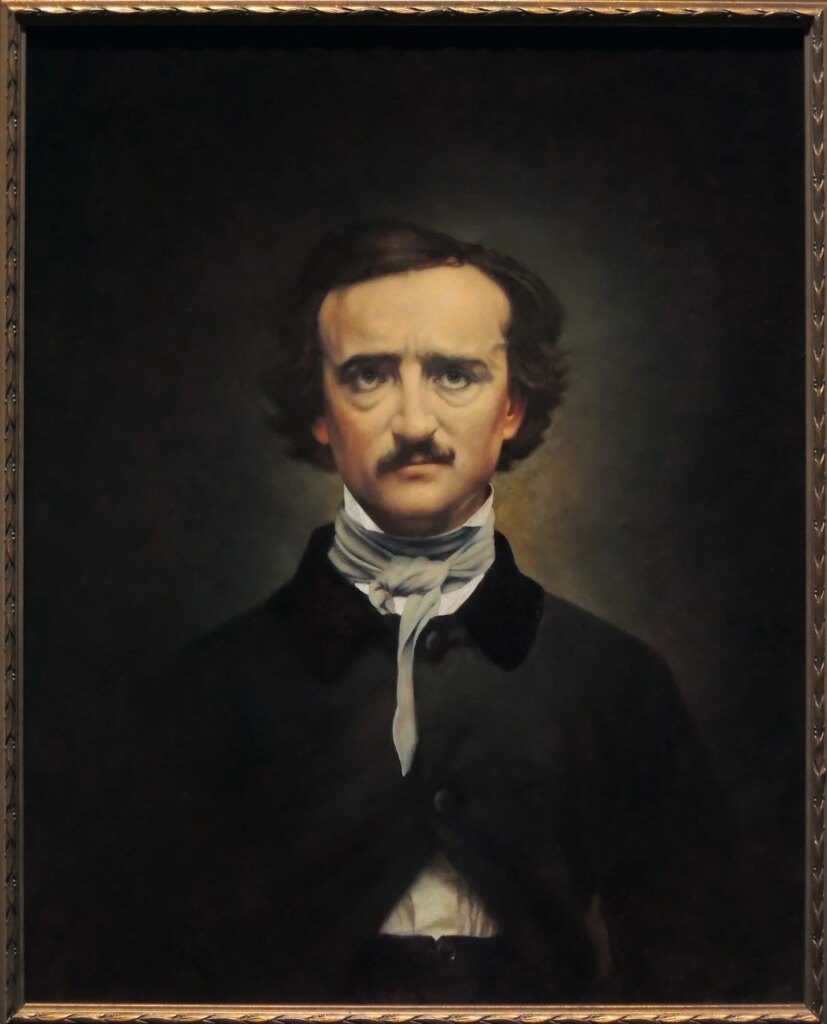Most of us know at least something about Edgar Allan Poe. But on the great poet’s 216th birthday, here are five facts you perhaps haven’t heard before.
The Tell-Tale Heart, The Masque of the Red Death, Annabel Lee, The Raven – the list of classic Edgar Allan Poe works is a long one. Despite his short and difficult life, Poe was a prolific writer and a pioneer of gothic literature.
On what would have been the author’s 216th birthday, here are five facts about Edgar Allan Poe – some of which you might not have heard before.
Poe Was the First American Author to Make Literature a Career
Making a living as an author is hard. To this day, many try – and most fail. But back in the first half of the nineteenth century, it wasn’t even considered a possibility. With the likes of Louisa May Alcott and Mark Twain still decades away from beginning their own careers, literature was considered a hobby – or, if you were very lucky, a side income.

Edgar Allan Poe changed that. He made poetry and literature his main career, pursuing a living as a writer. That’s not to say he had it easy. Poe famously struggled financially across his whole life, truly suffering for his art right up until his untimely death in 1849, aged just 40.
Poe’s Name Reflects the Writer’s Two Families
Edgar Allan Poe is one of the most famous names in American letters, but at the beginning of his life, the future author was named simply Edgar Poe. Born to actors David Poe Jr. and Elizabeth “Eliza” Arnold Hopkins Poe in 1809, young Edgar quickly became an orphan – David abandoned the family in 1810, and Eliza succumbed to tuberculosis in 1811.

So Edgar and his siblings were taken in by the Virginian merchant – and, it should be noted, slave trader – John Allan and his family. Although never formally adopted by the Allans, Edgar would incorporate their name into his own, and his now famous persona will forever be associated with both families.
Poe’s Siblings Were Also Writers
Edgar was not the only child of David and Eliza. They already had a son, William Henry, born in 1807. Less than a year before Eliza died, the family also gained a daughter, Rosalie.

The three siblings were soon parted. Henry was raised by his grandparents, while Rosalie was taken in by the Mackenzie family. Despite the separation, all found themselves enraptured by the possibilities of literature. Henry Poe’s The Pirate was inspired by Edgar’s adolescent relationship with Sarah Elmira Shelton, while Rosalie Mackenzie Poe wrote a number of poems throughout her life – although many were not published until after her death.
All three of the Poe siblings suffered from ill health. Henry Poe passed away from tuberculosis aged only 24 – a similar age to his mother. Rosalie lived to 63, but mental health issues and alcoholism dogged her later years.
Poe Was Meticulous in His Work

In 1845, Poe published one of his most famous, and best-loved, works – The Raven. The far-reaching cultural impact of the poem is well-documented, with everyone from Vladimir Nabokov and Ray Bradbury, to The Simpsons and even Baltimore’s NFL team, paying homage to its ethereal, unnerving beauty.
The following year, Poe released an essay on literary theory, entitled The Philosophy of Composition. This essay laid bare Poe’s own creative process, examining in remarkable detail the influences, allusions, and thematic decisions, that brought The Raven into being.

There is some debate over just how truthful Poe was being with this analysis of his own work. Some believe The Philosophy of Composition to be a satirical riposte to the ideas of the British Romantic poets, who saw themselves as mere conduits for the flow of poetic inspiration. Poe, in contrast, was a hardworking artist, and he wanted everyone to know that.
Whether Poe followed his stated methods to the letter is not really important. It’s clear that Poe had an abundance of ideas in his head, and was a master at bringing these ideas to life – that’s why his work has stood the test of time.
A Mysterious Figure Marked Poe’s Birthday for Decades
Quite how, and indeed why, Poe died is unclear. Poe was discovered delirious, and only semiconscious, at Ryan’s Tavern in Baltimore on October 3rd, 1849. He remained in a state of confusion and distress for four days, dying on the 7th.
Some have suggested he was suffering from the effects of laudanum, taken as part of a suicide attempt. Others believe he may have been abducted, drugged, and beaten by the election gangs who were operating in Baltimore at the time – an election was held on the day Poe was discovered.

Whatever the truth actually is, we will probably never know. But a century after this tragic incident, a mysterious well-wisher continued to visit the poet’s grave in Baltimore. Every January 19th, a figure dressed in black and holding a cane, would raise a toast to Poe at the gravesite, before leaving three red roses and the remaining liquor upon the grave.
This practice was first reported in 1950, although it may have taken place as early as the 1930s. The last witnessed visitation was in 2009, 160 years after Poe’s death. Since then, the Maryland Historical Society has chosen a new “Poe Toaster”, to keep the tradition alive.
A True Literary Icon

The life of Edgar Allan Poe is marked by tragedy and misfortune. Many of his family members died young, and Poe himself would not live to see his 41st birthday. But the body of work he has left behind offers some consolation – in death, if not in life, Poe has achieved the respect, acclaim, and peace, that so often eluded him.
Whether in Baltimore or somewhere else, we must all remember to raise a glass to Edgar Allan Poe this January 19th and commemorate a true icon of literature.
Join our community of 1.5M readers
Like this story? You'll love our free weekly magazine.








